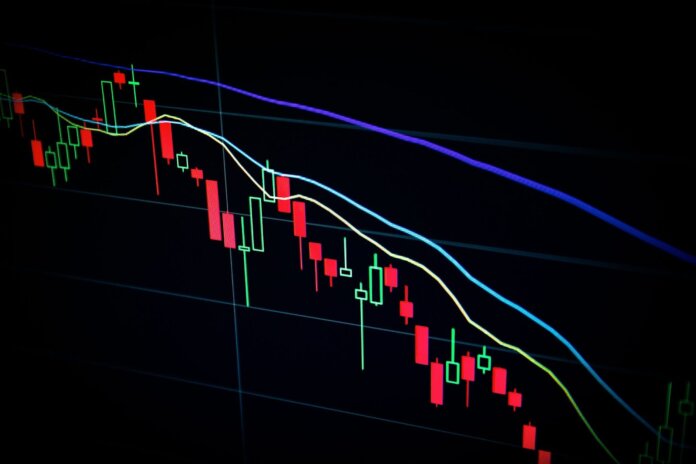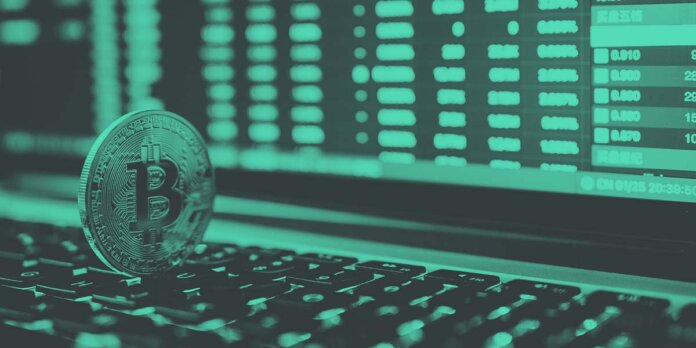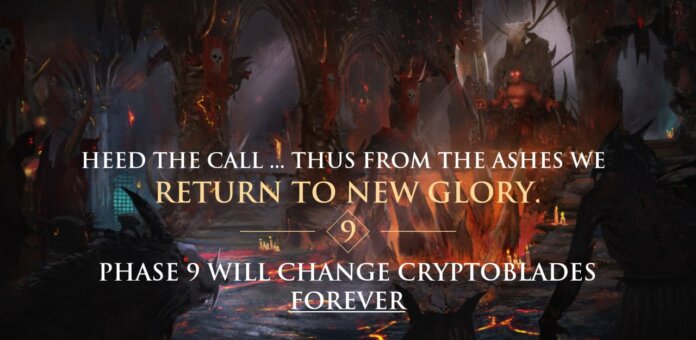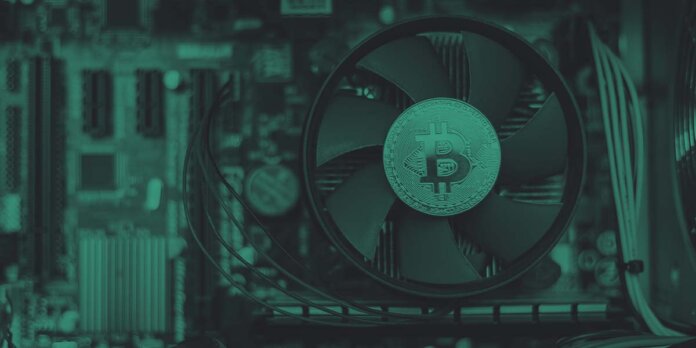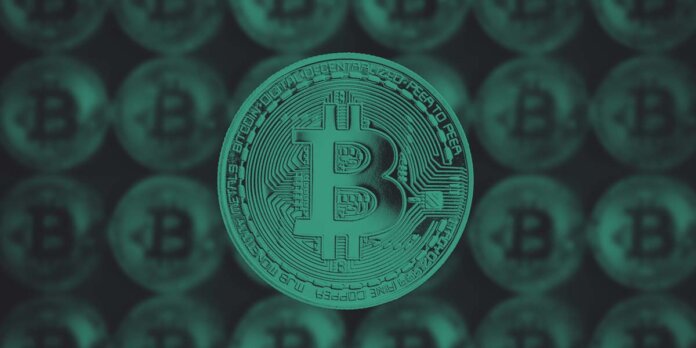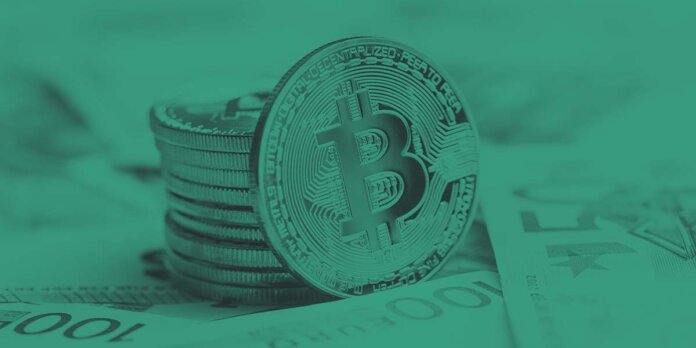DeepSquare and Pledged Capital, two blockchain projects, each pioneer in their own field, announced a partnership aiming to boost fundraising idle funds with artificial intelligence. Milestone based investments is something that Pledged Capital has been working on since the beginning. This approach introduces a trustless third party that holds the funds. Blockchain and more specifically the DeFi space offers many innovative ways to generate interesting yields on those funds such as yield farming, staking, lending/borrowing. There are hundreds of smart contract protocols that allow this like Curve, BENQI or yield aggregators namely Yield Yak on Avalanche. Due to this diversity, finding the best strategy to maximise yield while guaranteeing a certain level of risk is a very time consuming and tedious task. Bringing artificial intelligence in the loop is the next step. AI algorithms will learn the best low risk strategy to maximise the return on the idle fund. This is exactly where DeepSquare HPC and AI features fit in, to use onchain data to train algorithms to optimise the desired requirements of yield vs risk level. The ultimate goal is to create an environment in which both investors and new projects will feel secure and collaborate on the milestone basis in order to grow and achieve goals while taking advantage of DeFi’s wonders.
The Power Behind Web 3.0, Metaverse and HPC
DeepSquare is a distributed compute cloud, and the community response to big tech giant cloud providers. The open and interoperable grid that DeepSquare is building will allow real competition to take place and allow cloud providers, that are part of the grid, to sell their spare compute resources at their desired prices. On the other hand, in this ecosystem, end users choose where they want to run their computing workloads with a clear and transparent pricing. This inclusive ecosystem also addresses security concerns as users can choose to use providers/ services within desired jurisdictions. DeepSquare is poised to disrupt the cloud-industry and challenge the status quo by turning everything on its head. While hyperscalers rely on closed, centralised systems, DeepSquare promotes transparency and operates in a decentralized and open network centred around a blockchain compute protocol. This is the engine behind HPC, Metaverse and Web3.
“Partnering with Pledged Capital comes natural as both projects come from the decentralised state of mind, and we are in fact quite compatible projects. Bringing our AI expertise and cloud computing technology to meet the vision of decentralised crowdfunding is something we are excited about.” – Diarmuid Daltún, Co-founder and Head of Business Development
Join The Future of The Web With DeepSquare: https://linktr.ee/deepsquare
Decentralized (crowd)funding platform
Pledged Capital is a decentralized trust fund that combines traditional crowdfunding with Blockchain technology with white label services to allow safe and controlled investment. Powered by DAO, Pledged Capital delivers a solution that understands how investments are used. Start-up projects seeking funding can lay out roadmap milestones and timelines according to their actual capacity and contingent upon realistic performance targets, establishing measurable criteria for delivering payments upon only fulfillable promises. It is about taking responsibility. Pledged Capital’s incremental funding system allows for ICO funding to be managed post-raise with milestone-based micropayments and unprecedented investor oversight. Investors will have the opportunity to provide feedback, and vote on the evolution of the project using a smart governance system, based on users behaviour.
“After many years as a crypto-passionate, GEM hunter, and specialist developers in cybersecurity, we understood the importance of using all the tools available in WEB3 to make our investment more reassuring, more secure, and more interactive. The creation of this protocol, combining DeFI, DAO, NFT and social experience, was obvious to us. Associated these uses with AI, in order to find the best return, or to predict the behavior of users, is a very interesting vision, to provide quality investor projects, and for investors, advice, and superior returns. Finding quality partners is not always easy, however, since our meeting with DeepSquare, our possibilities seem limitless.” – Guillaume Provent, CEO & CTO
Join The Future of CrowdFunding With Pledged Capital: pledged-capital.app


